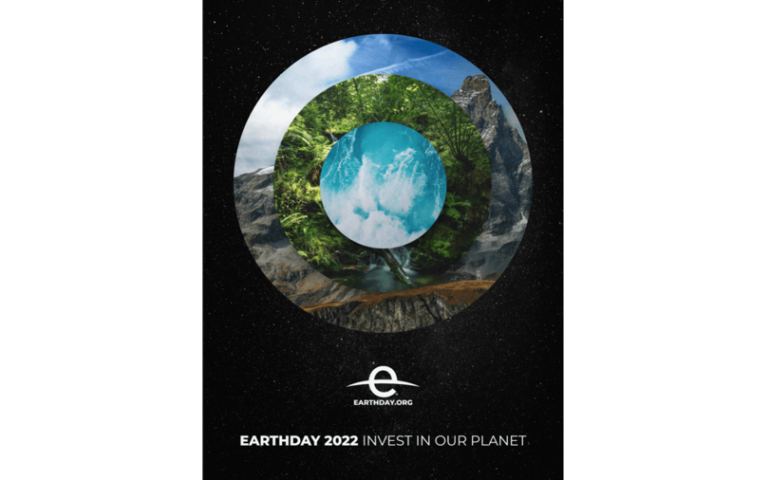Every year on April 22, Earth Day marks the anniversary of the birth of the modern environmental movement in 1970.
THE IDEA FOR THE FIRST EARTH DAY. Senator Gaylord Nelson had long been concerned about the deteriorating environment in the United States. Inspired by the student anti-war movement, Senator Nelson wanted to infuse the energy of student anti-war protests with an emerging public consciousness about air and water pollution. He announced the idea for a teach-in on college campuses to the national media, and persuaded Pete McCloskey, a conservation-minded Republican Congressman, to serve as his co-chair. They recruited Denis Hayes, a young activist, to organize the campus teach-ins and they choose April 22, a weekday falling between Spring Break and Final Exams, to maximize the greatest student participation.
1990: EARTH DAY GOES GLOBAL. As 1990 approached, a group of environmental leaders approached Denis Hayes to once again organize another major campaign for the planet. This time, Earth Day went global, mobilizing 200 million people in 141 countries and lifting environmental issues onto the world stage. Earth Day 1990 gave a huge boost to recycling efforts worldwide and helped pave the way for the 1992 United Nations Earth Summit in Rio de Janeiro.
EARTH DAY TODAY. Today, Earth Day is widely recognized as the largest secular observance in the world, marked by more than a billion people every year as a day of action to change human behavior and create global, national and local policy changes. Nowday, the fight for a clean environment continues with increasing urgency, as the ravages of climate change become more and more apparent every day. As the awareness of our climate crisis grows, so does civil society mobilization, which is reaching a fever pitch across the globe today.
Therefore, climate change is also the main theme of Earth Day 2022.
(From https://www.earthday.org/)

